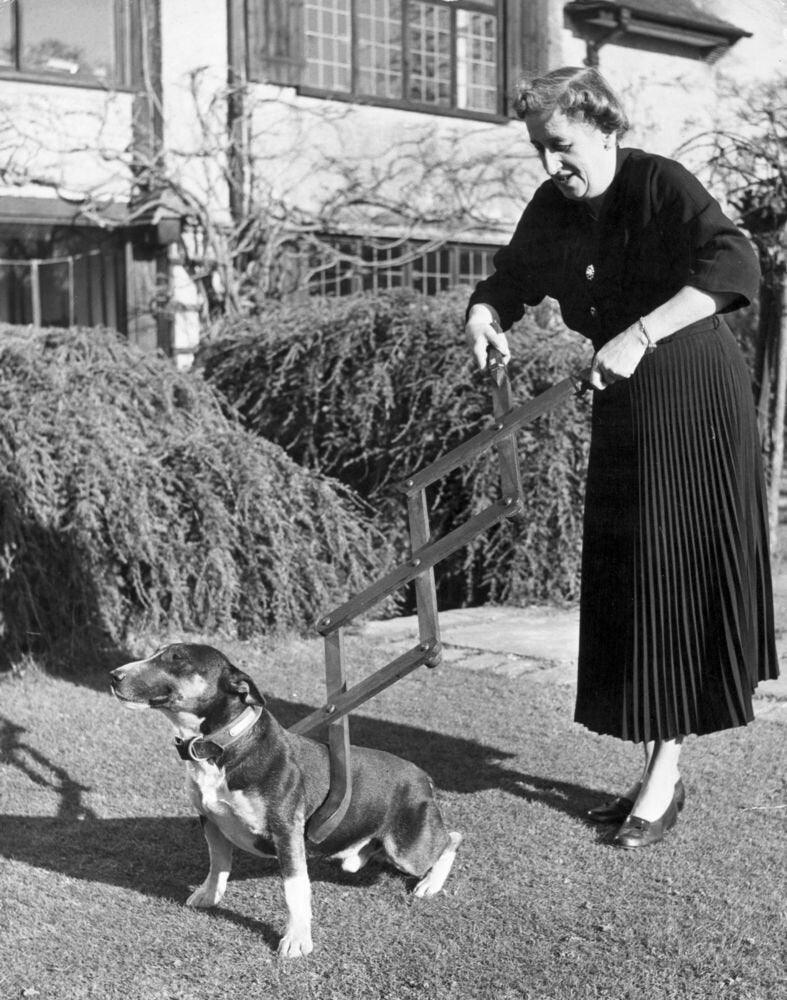
The term "Black Friday" has been hijacked by American consumerism culture as the day following U.S. Thanksgiving. It is regarded as the beginning of the Christmas shopping season in America. The original Canadian "Black Friday" is something else entirely.
At 11 a.m. on Feb. 20, 1959, Prime Minister Diefenbaker stands before the House of Commons and makes the unexpected announcement that the Arrow and Iroquois engine programs are terminated immediately. Members of Parliament greet the announcement with stunned silence.
The Avro CF-105 Arrow was a sleek white jet interceptor developed in Malton, Ontario in the 1950s. It might have become the fastest plane in the world, our best defence against Soviet bombers, and the catalyst to propel Canada to the forefront of the aviation industry. Instead, it became a $400-million pile of scrap metal, and an albatross for John Diefenbaker's Conservative government.
On Black Friday, it was announced that 14,000 jobs would vanish. The most sophisticated aircraft in the world would be dismantled and the pride of an entire country was slain along with it.
It is said that many Avro Arrow engineers and technicians found employment almost immediately -- National Aeronautics and Space Administration (NASA) was to build the spacecraft to send a man to the moon, to one-up the Soviets and their 1957 technological milestone, Sputnik. The Americans, who convinced Diefenbaker to abandon his high-tech marvel, were all too happy to gain from the Canadian brain drain. Canada's Chief Aerodynamicist Jim Chamberlin led a team of 25 Canadian experts to become lead engineers, program managers, and heads of engineering in NASA's space program. Indeed, Canadian talent was good enough to engineer the planting of an American flag on the moon in 1969.
BLOG CONTINUES AFTER SLIDESHOW
As post-war Canada still needed jet interceptors, the government acquired used F-101 jet fighters from the USA, even though that plane had earlier been rejected as inadequate. In other words, Canada traded a QMJHL-level Sydney Crosby for a retirement-bound Mark Messier. The Dief's dumb decision might have cost him the next election as well, but ultimately solidified Canada's place behind colonial British and American superpowers. The Arrow program was cheaper than purchasing the alternatives (Bomarc, SAGE and replacement interceptors) from the USA.
Between 1982 and 1988, the Canadian government purchased 138 CF-18 Hornets from the USA at a cost of $5.2 billion.
Is there anything to be learned from this 54-year-old federal fiasco?
Today, Canada is looking to replace the CF-18s. Again, the feds look to sink billions south of the border. An initial price tag of the F-35 military jets $9B ballooned to $45B before being "reviewed" last year. As additional flaws have come forth, cited in the New York Times, one wonders: can Canadians do better?.
Canada still boasts a host of bright young minds with reinforcements coming from the pool of foreign-trained engineers who often struggle to find work at their skill level. Canada has a strong history of innovation:
- The steam-engine lubricator was invented by Elijah McCoy (1872)
- The telephone was invented by Alexander Graham Bell in Brantford, Ontario (1876)
- The snow blower was invented by Arthur Sicard (1927).
- The snowmobile was invented by Joseph-Armand Bombardier (1937).
- The electric wheelchair was invented by George Klein in 1952.
- The CANDU Reactor (CANDU is short for CANada Deuterium Uranium) is a pressurized heavy water reactor. (1950s)
More recently, Canada has delivered remarkable feats:
- The CanadArm was developed by staff of the National Aeronautical Establishment (1981)
- The Java programming language was invented by Albertan James Gosling. (1995)
- Development of wireless handheld devices (the BlackBerry) was led by Mike Lazaridis (1999)
- The Montreal-based Moment Factory has innovated lighting, architecture and multimedia to new heights. (2001)
Have recent governments lost faith in Canadian innovation? Funding cuts abound. The sale of Atomic Energy of Canada Ltd.'s (AECL) nuclear research labs is just one example of short-sightedness.
I believe Canada has what it takes to produce another Avro Arrow. With the best and the brightest engineers and technicians, the recognition of overseas degrees and skilled immigrants' skill sets, buoyed by the Canadian tradition of success, there is nothing we can't achieve.
Canadians long for a leader who stands up for Canada by believing in its citizens' potential as much as we believe in ourselves.
